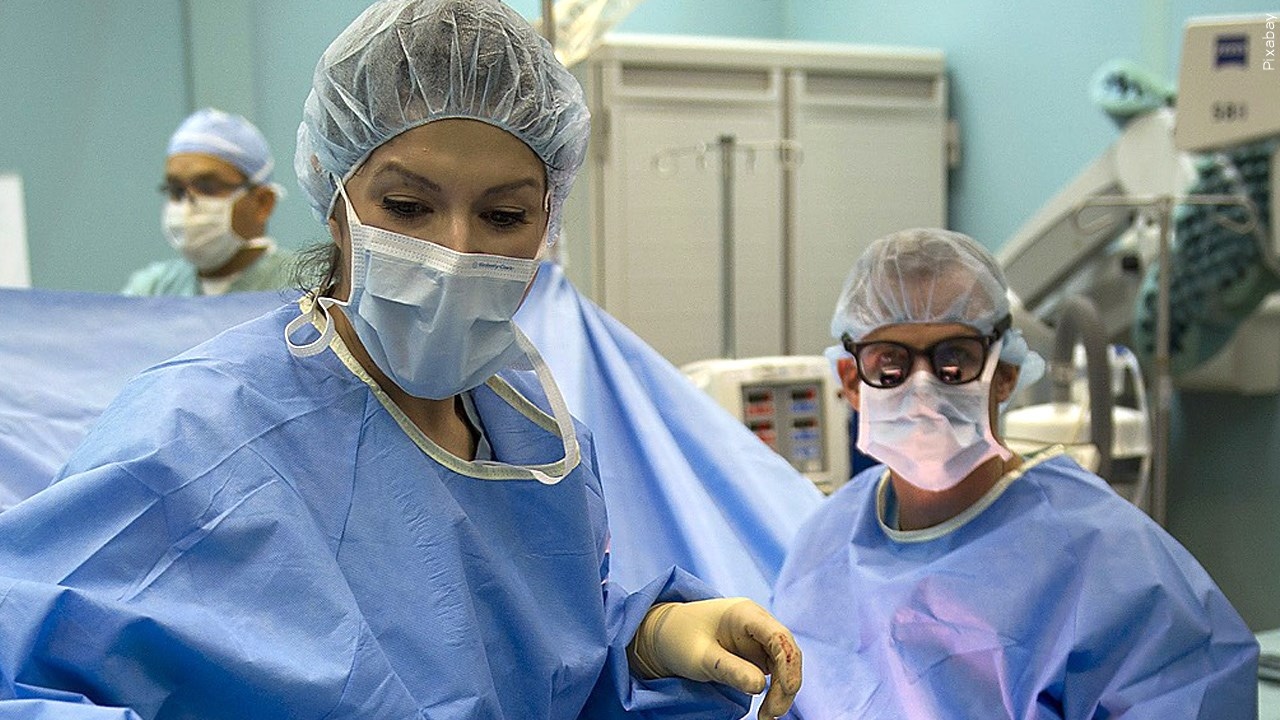MDH: Adverse health events up 33% in 2021

(Pixabay/MGN)
The number of incidents in Minnesota hospitals that caused a medical issue for a patient increased last year, according to a new state report.
The Minnesota Department of Health (MDH) on Wednesday released its adverse health events report for 2021.
The department listed 508 adverse health events last year, up 33% from the 382 events reported in 2020. Of the 508 reports, about 40% resulted in serious injuries to patients while 2% resulted in death. However, it’s important to note that Minnesota hospitals and surgical centers have more than 2 million visits per year, according to MDH, so the number of adverse events affects a very small percentage of patients. Still, they are avoidable.
According to the data, the most reported events — consistent with past years — were pressure ulcers (217) and falls (86), which accounted for 60% of all reported adverse health events last year.
MDH says challenges caused by the COVID-19 pandemic are reflected in the increased number of adverse health events last year, citing those challenges and increased care due to the pandemic as primary reasons for the jump. MDH noted that, prior to last year, the number of adverse health events had been stable.
“The pandemic tested our health care system and our health care providers in an unprecedented way in 2021,” MDH Commissioner Jan Malcolm said. “The pandemic also showed the value of our adverse health events reporting system. By having this system, we were able to track the effects of this extraordinary event on patient safety, and we can use these results to work with Minnesota’s providers to increase our resiliency and ability to confront future challenges.”
Among the challenges clinicians faced were sicker, higher-acuity patients with multiple health concerns, increased patient complexity due to COVID-19, longer stays, higher caseloads and longer delays in providing care due to the need to put on personal protective equipment, MDH says.
Additionally, officials noted the average length of stay in intensive care units more than doubled from 2017 to 2021, moving from 2.31 days to 5.47 days. The MDH says that’s particularly noteworthy because longer hospital stays can lead to an increase in skin breakdown and pressure ulcers for patients, as well as a loss of strength, which can lead to things like an increased risk of falling.
“The global pandemic pressed every patient, family and health care team into extraordinary circumstances,” Dr. Rahul Koranne, the president and CEO of the Minnesota Hospital Association, said in a statement. “This statewide reporting and learning system affirms Minnesota’s hospital and health system culture of transparent reporting and commitment to providing high quality, safe care.”
Minnesota nurses pointed to staffing shortages as a large factor for the increase in adverse health events.
“Minnesota patients should be able to count on hospital executives to do everything they can to solve the crisis of care and retention and to put patients before profits in our hospitals,” Mary C. Turner, a registered nurse and president of the Minnesota Nurses Association, said in a statement. “We urge hospital executives to listen to nurses and to work with us to keep nurses at the bedside with a seat at the table to address staffing, retention, and patient needs for the future.”
To read MDH’s full report and see more detailed information, click here.